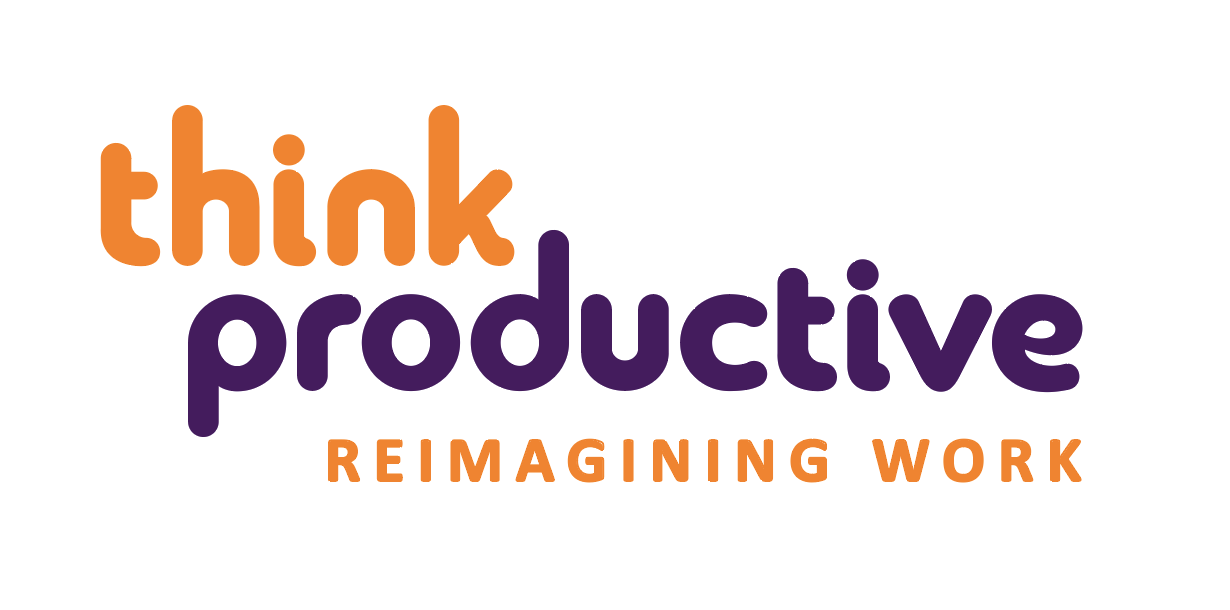At Think Productive we are BIG on lists for a number of good reasons, lots of Stress comes from trying to keep stuff in your head and this lack of access to all of the right information in the right place. In our Time Management Workshops, we emphasize the need for a “second brain”.
We need a “second brain” so that our real brain is able to think, free up “core space/ bandwidth” to come up with ideas, be creative, solve problems, and process information. We don’t want to clog up our brain through storing information. It’s not what it was designed for, and it’s not what it’s good at. Using a good second brain system often and well, will help you achieve a number of things:
- You will remember (or more, your second brain will remember) what needs to be done at the right time.
- Once you are using your system well, and often, you will achieve a sense of what we call ‘Zen Like Calm’. You will feel in control.
As with every Productivity Tip, there is no “One fits all” solution, so let’s look at the different approaches you can take to building a neat To-Do list.
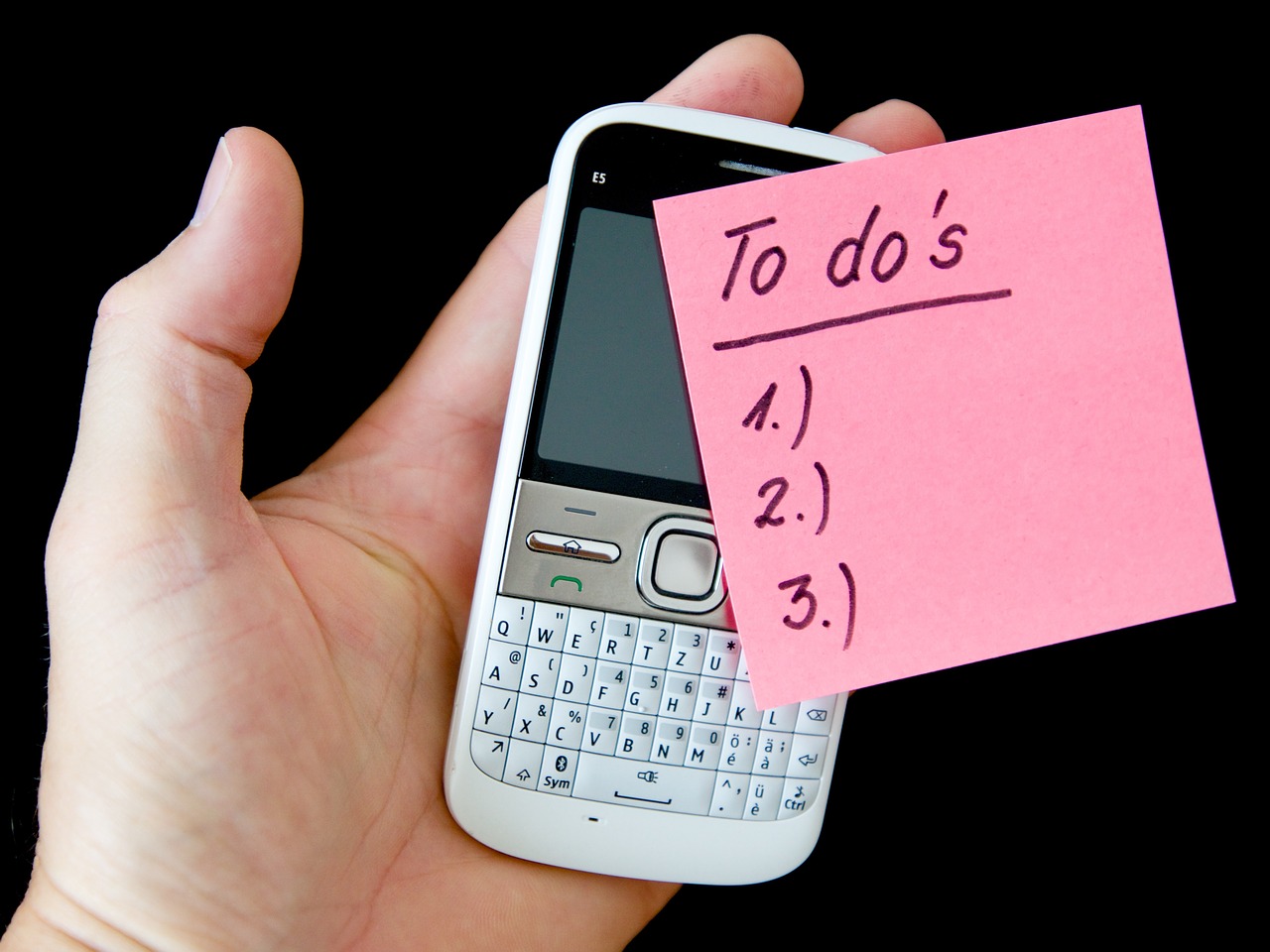
Rule Your To-Dos with Ease
In our Time Management Workshops we teach people to divide your tasks into three urgency zones and how that will help get your workday under control.
- Projects list
- Master actions list
- Daily to do list
- Good Ideas / someday maybe list
- Waiting for list – where you track those things that others are committed to achieving that matter to project you working on
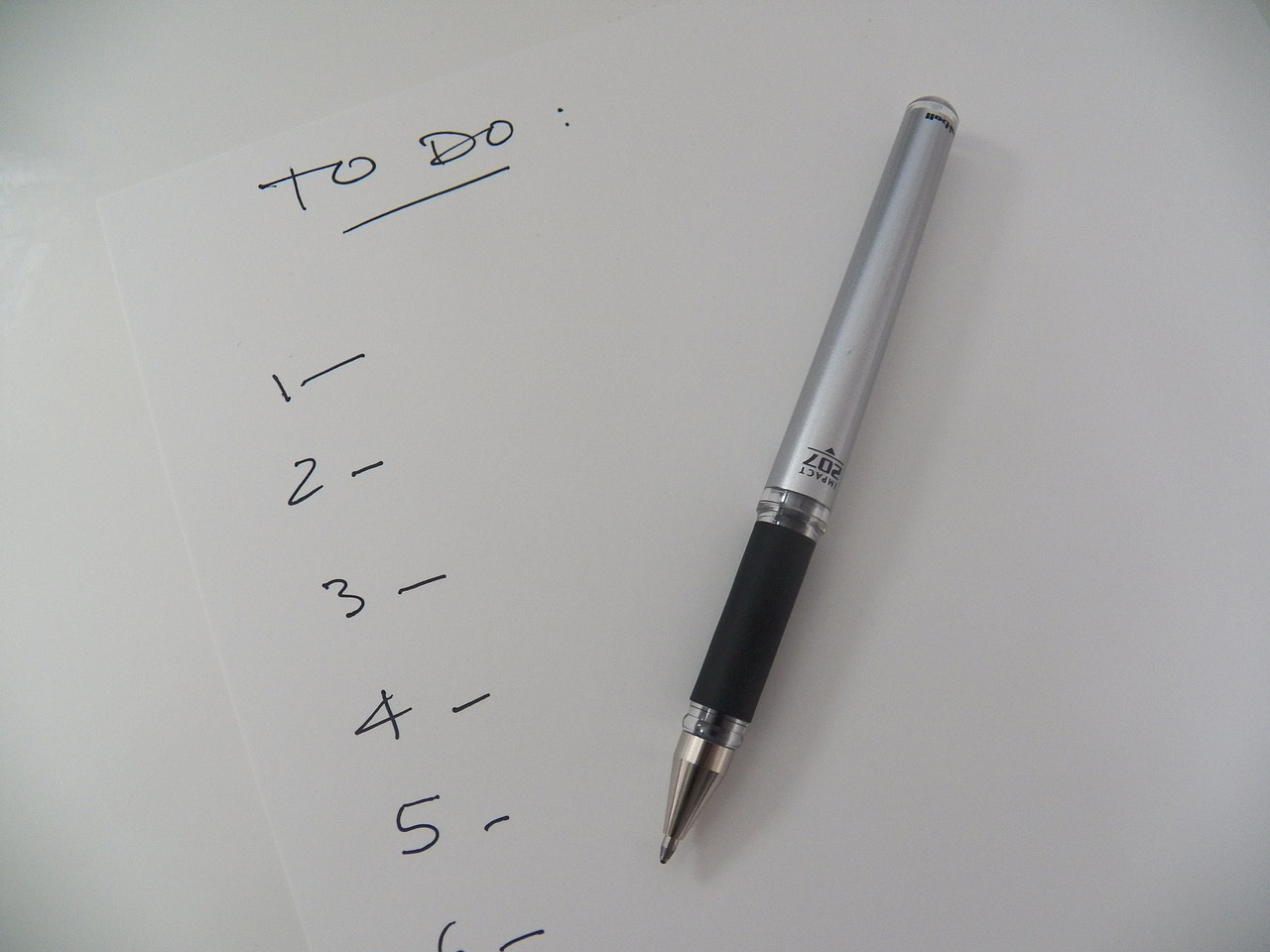
Projects list
This is a simple list of all the projects you are working on. Anything that you will still be doing next week or anything which requires more than a couple of actions, should be considered as a project, so, don’t forget to put it on this list. You shouldn’t go into lots of details about the projects- the idea is when you come to review your lists in your weekly planning sessions, you have a clear idea of next actions for each project.
Master actions List
The clue is in the title – this list is a collection of things you want to do or need to do. This can get to be a long list, so some people keep it by month or others by places this work will happen so, @ office @ home, @ out and about etc.… this master task list should be reviewed at least weekly.

Daily To-do List
At the start of each day, and we recommend to do this before you log on to check your emails, you create a “meaningful to do list”. You create a list of the most important items for that day. If this list is done in isolation from other thinking e.g. your role and your responsibilities/ deliverables and what your boss and company values, you will become a “master of the irrelevant”- you will get stuff done but it doesn’t add value. So, always check if the next “To Do” adds value to your work and if it doesn’t, it shouldn’t deserve a place on your list. Some people also prefer to write their list at the end of the day, so they already have a clear idea what they will be focusing on the next day.
Review your Time vs. Task balance
Say you have a total of 480 minutes in the “working day” (or if you prefer, 8 hours) if you calculate your non-discretionary time is 300 minutes (or 5 hours) and your to-do list is another 300 minutes (or 5 hours): You cannot fit a Quart into a pint pot! Make sure you don’t put too much on your To-Do list, remember, Human, not Superhero.
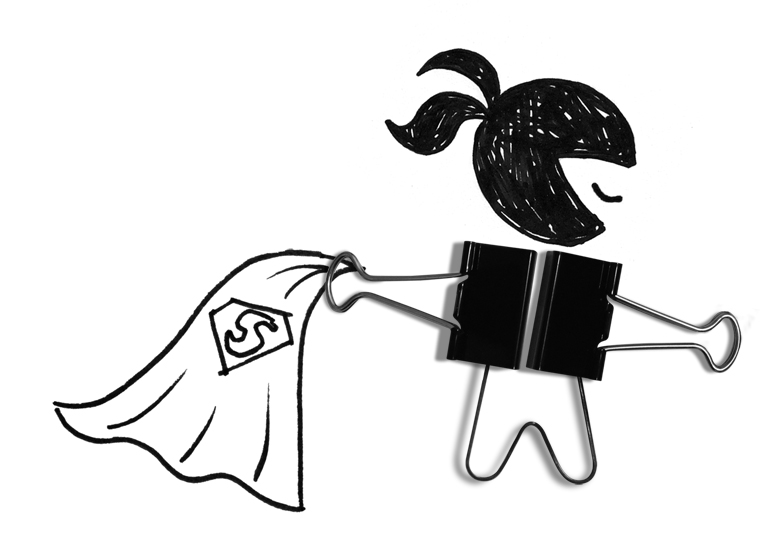
One thing we find in our coaching work is people tend to overload the day. The number one cause of a failed to-do list, particularly those that are automated, is that the list gets too big and overwhelming. You see, we tend to get enthusiastic about adding tasks to our list; we tend to add too many. So to avoid this stressful way of working, you need to review your “Non-discretionary time meeting etc.…” vs. To-do list discretionary time. Say from 3pm-5pm you have a meeting. Question: do you need some planning time? Most people put the preparation time into the to do list. And guess what, because of all the “urgent stuff” it doesn’t get done. Top Tip: you make appointments with yourself if the “task” is vital. Particularly important if you have a shared calendar at work, if you don’t proactively manage your diary /“Non-discretionary time”, others will.
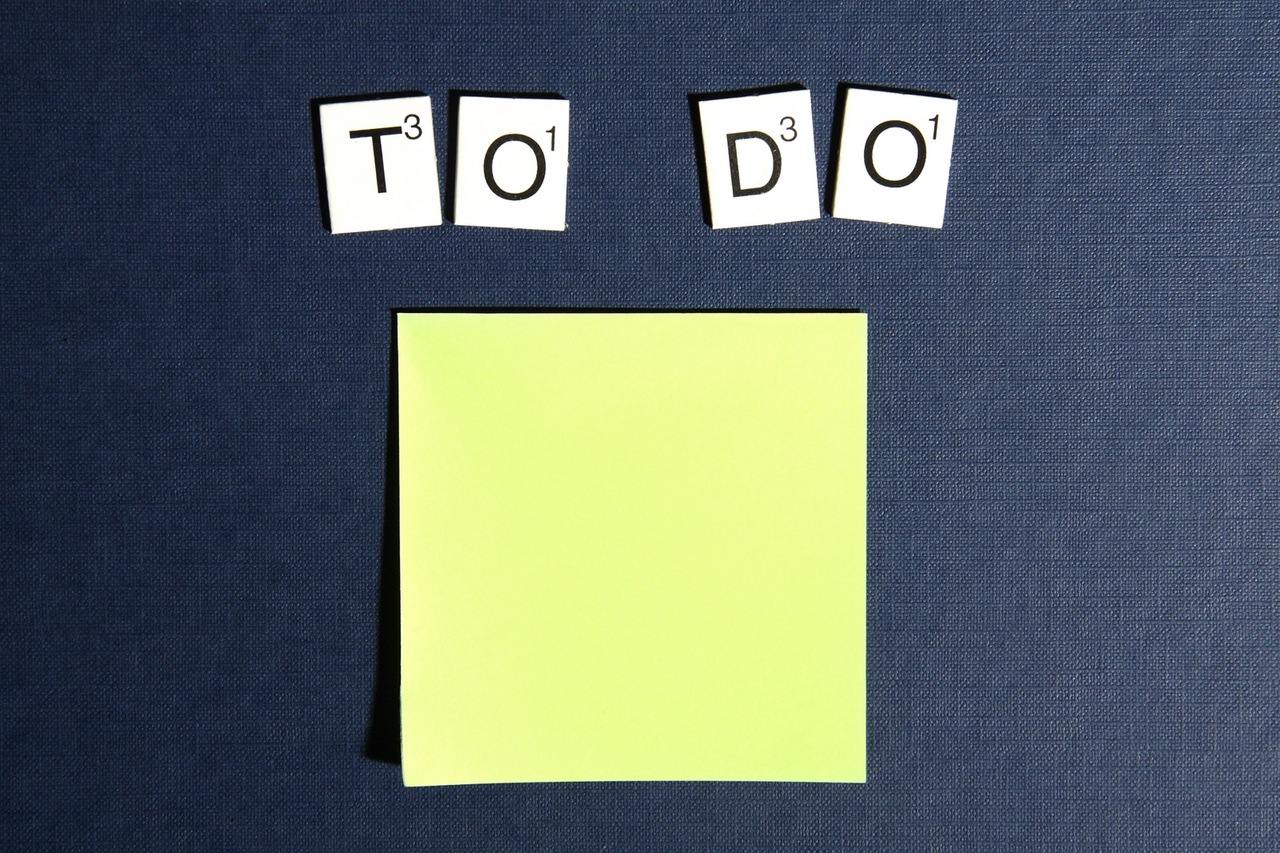
If you want to create a daily to do list “with teeth”, it needs to be prioritized so you are happy with your balance of time vs. tasks. I suggest review items in ABC order, A tasks are “vital/critical today”, keep this list low, you should aim for 3 items. Restricting it to only those tasks that have an absolute due date of today is what makes this possible. Then B= Important “ should be done today” but only after “A’s”, likewise C tasks = Optional.
So I hear you say, but why waste time with the ABC thing – “just crack on”. You might be getting things done, but you’re not getting done what needs to be done. “If Everything Is Important, Nothing Is!”
In summary
Plan ahead – but not in your head, do it on paper/screen.
Be realistic – match your list to your time, energy and attention.
Prioritize with Productivity Ninja ruthlessness relentless focus on your “big 3”.
Still not getting done what needs to get done? Still find yourself with too many items on your To-Do List? Why not book a place on one of our upcoming Public Workshops or treat your team to one of our Time Management Workshops.
By Jim Hetherton
